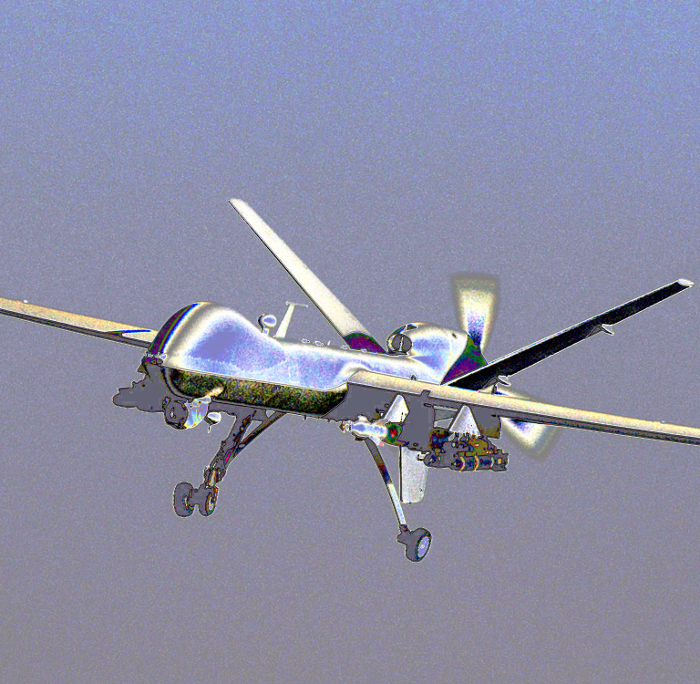Armed forces fork out for new tech
 Seven Australian organisations have received funding to develop innovative technologies for the defence force.
Seven Australian organisations have received funding to develop innovative technologies for the defence force.
The Government is investing $14.2 million through the Capability and Technology Demonstrator (CTD) Program in the seven proposals selected.
The winning proposals are;
- New bonding, coating and laminating techniques and composite materials developed by Armor Composite Engineering for low profile body armour.
The company intends to apply these techniques in the development of thin, curved, stand-alone body armour plates to protect against high powered rifle attacks.
- A New Concept Miniature Radio Frequency Receiver project at CSIRO.
The engineers propose to deliver a highly compact, low-radar cross-section, direction finding antenna that is deployable on multiple platforms, including mobile Unmanned Aerial Vehicles and Navy vessels.
The project will develop a single stealth antenna with ten times size reduction, increased sensitivity and usable bandwidth in the High Frequency-Ultra High Frequency range.
- A project to develop a lightweight mobile X-ray unit at the Victorian firm Micro-X.
They have proposed developing a lightweight, small, energy efficient diagnostic medical x-ray unit suitable for use in military and disaster relief operations. The proposal aims to provide a flexible and mobile instantaneous digital image capture and transmission capability, providing the full range of medical radiology procedures. The technology can also be applied to explosive ordnance and improvised explosive device detection. The backscatter imager will provide improved counter IED capabilities with reduced risk to the operator.
- Ocius Technology in NSW will develop an Anti-Submarine Warfare Unmanned Surface Vessel.
They are proposing to demonstrate an Unmanned Surface Vessel, coupled with a thin-line towed array system uniquely suited for anti-submarine warfare surveillance. The system aims to be acoustically covert, able to operate autonomously and be on-station indefinitely.
- A project to develop a Tactile Cueing System for Degraded Visual and Threat Environments at the University of Canberra.
This technology aims to increase the survivability of ADF helicopters, aircraft and soldiers in both degraded visual and threat environments. It will develop and demonstrate a flight information display that uses the sense of touch to provide threat awareness information. In addition, it will provide awareness of hover dirt in degraded visual environments.
- The Australian Bureau of Meteorology is developing Data Deconstruction for Low Bandwidth Transmission of Large Volume Geophysical Spatial Data.
It is designed to reduce the transmission of gigabyte gridded geospatial model data to kilobytes and to be intrinsically secure to third party detection. It aims to revolutionise the transmission of geospatial information to vessels at sea, providing enhanced and real-time tactical support.
- Deakin University is developing a Low Cost High-G Centrifuge for Pilot Training. The proposal is to demonstrate a next-generation centrifuge for high-G inoculation. The system allows fast jet pilots to train under realistic conditions, including continuous roll, pitch and yaw and sustained positive and negative g-forces over 7g.







 Print
Print